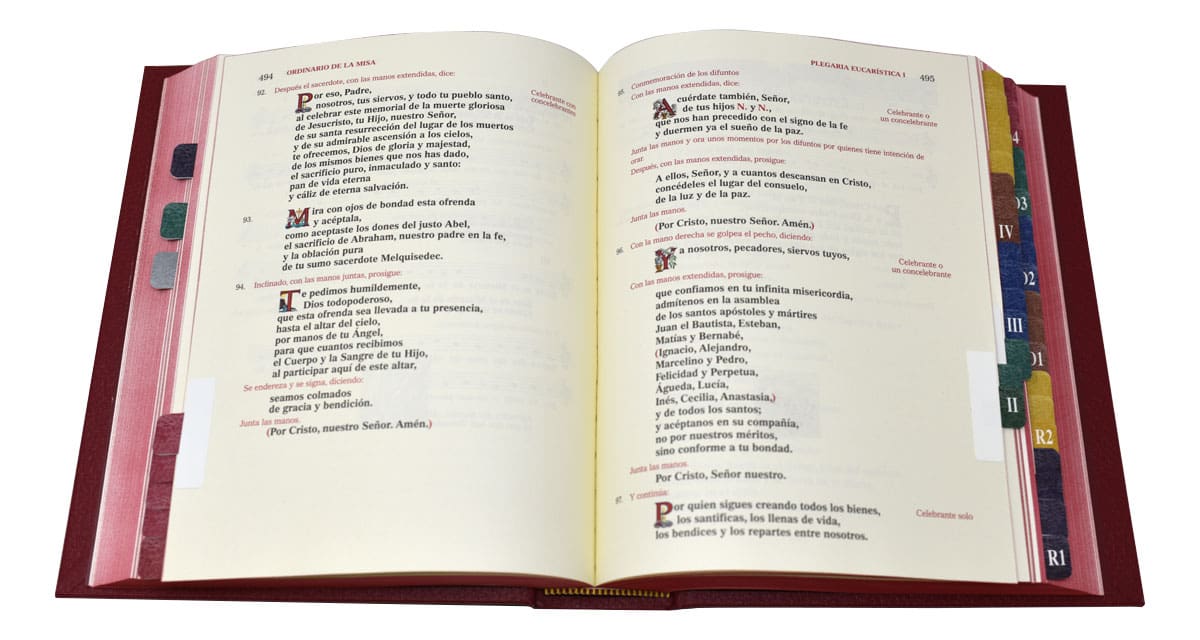What happens when God moves out of a church? Is it party time for the new owners, who may want to use the decommissioned church structure as a pizza joint or hopping night club? Or should the building maintain a decorum respectful of its sacred use in the past?
According to a July 11, 2018 report by Carol Glatz, reporting for the Catholic Herald of London, the Vatican is attempting to give greater clarity to these sorts of questions by “helping organize an international conference to help dioceses work with their local communities in finding appropriate uses for decommissioned churches.”
“The Pontifical Council for Culture,” Glatz writes, “together with Rome’s Pontifical Gregorian University and the Italian bishops’ conference, will sponsor the gathering, titled ‘Doesn’t God Dwell Here Anymore? Decommissioning Places of Worship and Integrated Management of Ecclesiastical Cultural Heritage,’ November 29-30 in Rome.”
According to Glatz, the Vatican is looking for some visual aids from the faithful by sponsoring a photo contest as part of the conference.
“In the run-up to the conference,” she writes, “the public is invited to photograph and post on Instagram examples of deconsecrated churches being reused in a positive way, since examples of churches turned into nightclubs and gyms garner the bulk of media attention.”
“The photographs, to be tagged with #NoLongerChurches, #unigre and a hashtag of the name of the church and city, are meant to showcase positive ways the historical, social, artistic and sacred significance of such buildings can be maintained or highlighted.”
The deadline for posting photos is October 15, Glatz reports, “and selected winners will have their images displayed at the international conference and published on the sponsors’ websites and in Italian magazines dedicated to Christian art, the Church and architecture.”
The invitation to post pictures, Glatz notes in her story, extends to researchers and academic institutes, who are also encouraged to submit “papers on completed studies or projects underway dealing with the revitalization or repurposing of deconsecrated or underutilized places of worship.”
Both the contest and research information will be used to help bishops address the concerns that arise from closed parishes.
“Representatives from bishops’ conferences in Europe, North America and Oceania are invited to attend the conference,” Glatz writes, “to discuss and approve guidelines addressing the reuse of deconsecrated church properties.”
The conference has a practical purpose, Glatz notes, and does not address the current canonical strictures on deconsecrating a church. Rather, “its purpose is to show the need for a long-term planning process that involves the whole community and aims for reaching an understanding about how such structures should be reutilized or rebuilt.”
Citing Cardinal Gianfranco Ravasi, president of the Vatican’s culture council, in her report, Glatz writes that Cardinal Ravasi “told reporters that former places of worship must retain some spiritual, social or cultural value within the community and that every possible effort must be made to safeguard the church’s patrimony, for example, by transferring mobile assets to diocesan museums.”
The conference hopes to address “the current criteria for guiding this process,” Glatz writes, noting that Cardinal Ravasi calls the criteria “too generic.”
According to Glatz, the value of a decommissioned church is not based solely on its contribution to the Western artistic tradition.
“While European churches built during the Renaissance, Baroque or other periods may have great artistic value, it must not be forgotten that a simple brick or wooden church in North America also carries important ‘spiritual value,’ said Richard Rouse, an official at the Pontifical Council for Culture.”
“They may not have Michelangelo’s frescoes decorating the interior,” Glatz writes, quoting Rouse, “but so many of these places of worship were built thanks to the donations, support and hard work of generations of families, and for some members of the local community, they would still have strong emotional significance.”
The conference, Glatz writes, quoting a statement by conference organizers, “will seek to demonstrate that the cultural patrimony of the church, built up with faith and charity over time, is still able to transmit Christian culture if it is properly enhanced and not seen as a burden to maintain.”

